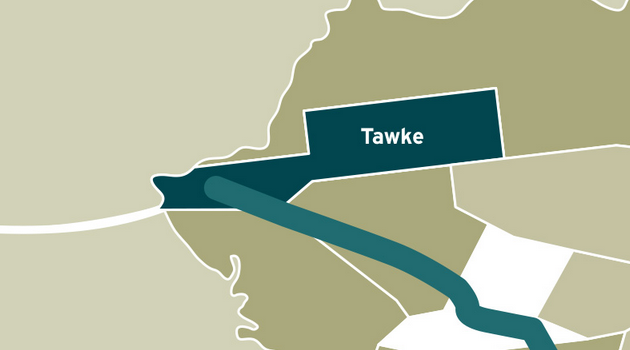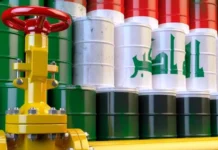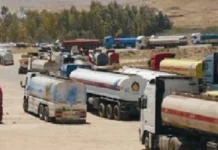DNO has declared that following intense flooding that destroyed a significant portion of the banks of the Khabur River, damaging roads, and obstructing the loading of tanker trucks for deliveries to customers, production and field operations at its operated Tawke license (DNO 75 percent) in the Kurdistan region of Iraq have recovered.
The latter part of March saw snowmelt in neighboring Türkiye coupled with local downpours, resulting in floods. Due to this, DNO was forced to temporarily close its Tawke field for safety concerns, while it continued to operate normally at the Tawke license’s less exposed Peshkabir field.
Over a 10-day period, gross license production fell from over 80,000 barrels per day (bopd) to an average of 65,000. However, on March 30, 2024, the pre-flooding level was reached again as DNO worked to reduce flooding exposure, inspect damage, and take corrective action, which included adding more truck loading facilities.
Owing to a lack of heavier crude in local marketplaces, DNO engaged in negotiations with its clients to push Tawke/Peshkabir prices closer to USD 30 per barrel. The DNO portion of revenues, which has averaged more than USD 25 million per month in 2024, is still paid directly to the company ahead of loadings.
Several large, heavy pieces of equipment swept away and are still missing, although no DNO personnel were injured. Despite significant destruction in the nearby town of Zakho, the 2,000-year-old Roman-era arched bridge—a well-liked tourist destination—withstood the test of time. The company helped the neighborhood by giving refrigerators and other household items to those whose homes were severely affected by the flooding.
While workovers and other field work at Tawke and Peshkabir have promptly restarted, the Board of Directors of the Company has approved the planning of fresh expenditures to sustain and subsequently boost output. In other parts of Kurdistan, DNO started drilling again on February 21, 2024, using the most recent well (B-3) at the operated Baeshiqa license (DNO 64 percent). Almost half of the goal depth, or 1,850 meters, has been reached by the well.





